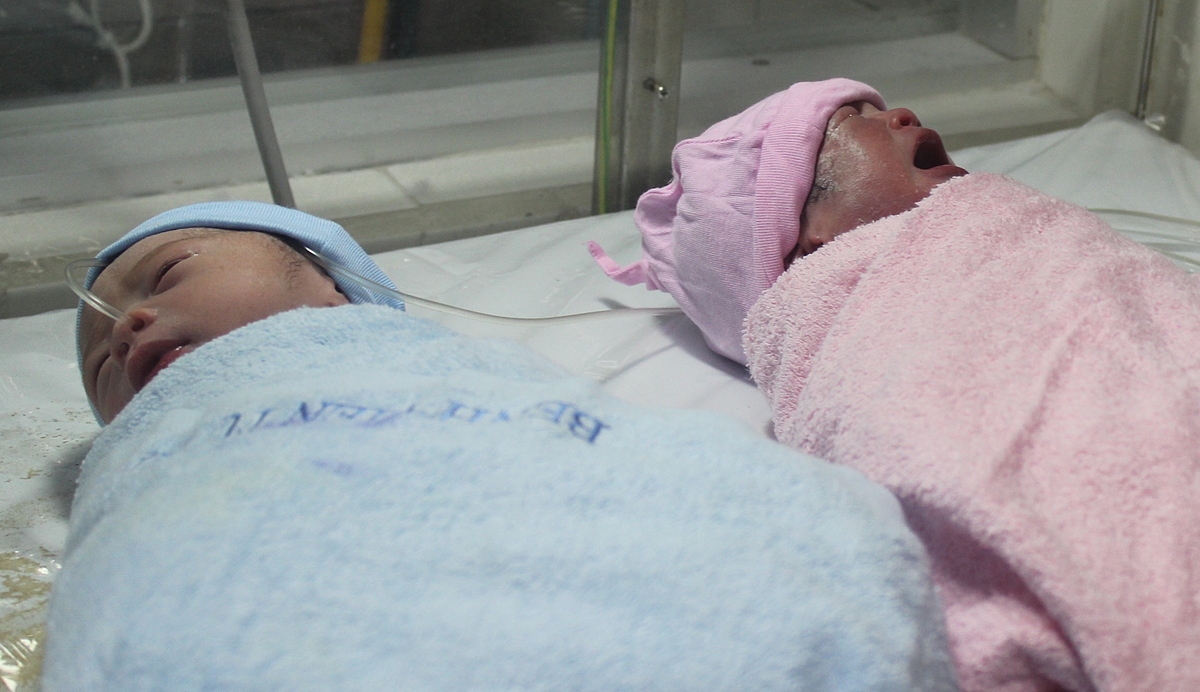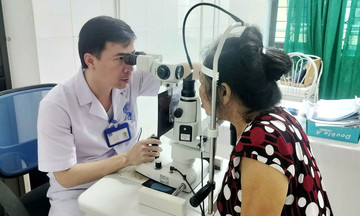"The city is in a golden demographic period with the working-age population accounting for about 70.6%. However, it is also entering an aging phase, with 10.5% of the population over 60," said Pham Chanh Trung, head of the Ho Chi Minh City Population and Family Planning Sub-Department, on World Population Day, 11/7.
Following the administrative merger, Ho Chi Minh City became Vietnam's most populous megacity with approximately 14 million residents. In recent years, the pre-merger city consistently had the lowest birth rate in the country, significantly lower than Vietnam's replacement fertility rate (2-2,1 children per mother). This persistent situation poses considerable challenges to the city's socioeconomic development.
The consistently low birth rate over many years has resulted in a declining number of children, leading to a serious decrease in the future young workforce, impacting the city's ability to maintain its economic growth. A young workforce is often at the forefront of innovation and adoption of new technologies. A decline in this demographic can affect the city's capacity for innovation and adaptation to market changes, diminishing its competitiveness in the global landscape.
The low birth rate also accelerates population aging and could lead to pressure on social security systems. An increasing proportion of older adults creates an inverted population pyramid, where the dependent population (elderly) outnumbers the working-age population. This places a heavy burden on social security, healthcare, and welfare systems. Additionally, as the number of contributors to the social security fund (working-age population) decreases, while the number of pensioners and beneficiaries (elderly) increases, the fund faces increasing pressure.
"Policies to address the low birth rate need to be flexible and comprehensive, combining economic support, improved childbirth and childcare environments, and changing social perceptions about marriage and childbirth," said Trung.
Ho Chi Minh City's health sector has been working to propose policies to address the low birth rate. Late last year, the People's Council issued a resolution stipulating policies for rewards and support for population-related work, including 3 million VND for women who have two children before the age of 35. There are also resolutions on free tuition for students at all levels in the city.
In late May, the People's Committee approved the Comprehensive Healthcare Project for Ho Chi Minh City residents and solutions to contribute to increasing the total fertility rate from 2025 to 2030. The city is aiming for policies that support health check-ups for couples before marriage and vaccinations for women against infectious diseases before pregnancy, annual health check-ups for preschoolers and students at all levels, dental care for elementary school students, and financial support for HPV vaccinations for children aged 11 to 18.
 |
Newborns at a hospital in Ho Chi Minh City. Photo: Le Phuong |
Newborns at a hospital in Ho Chi Minh City. Photo: Le Phuong
According to Trung, the population sector is focusing on communication efforts to address the low birth rate for a sustainably developing Ho Chi Minh City and continues to encourage each couple to have two children. The city is also implementing various new communication models, such as composing promotional songs, television scripts, and game shows; showing promotional trailers in cinemas; and displaying posters on electronic billboards, screens in shopping malls, apartment elevators, buses, supermarkets, and healthcare facilities.
After the merger, the team of 19,392 population collaborators continues to participate in managing residential areas, updating population changes, and promoting good population policies among residents. This team receives regular training and updates on population-related knowledge.
This year's World Population Day, 11/7, carries the message "Reproductive Rights in a Changing World." City population officials believe that in a modern society that increasingly emphasizes individual autonomy, balancing the right to choose to have children with the responsibility of having children is a significant challenge but also a key point in the population strategy. The true goal is not to control the birth rate, but to provide each individual with comprehensive information, appropriate resources, supportive policies, and a safe environment so they can freely and responsibly decide the number of children, the spacing between births, and the timing of childbirth.
Le Phuong












